It seems that with each passing week another automaker introduces a new small SUV/crossover into the local market. This week it’s the turn of the all-new Renault Kiger SUV to make its local debut. Incidentally, this is the first new Renault product to be introduced into the SA market in all of 2021, and it will be the only one.
Follow Double Apex on Facebook and Instagram, where we share more car content.
Shift
Renault used to get by on models such as the Clio, Megane, Logan and Laguna. But the shift in the market means that the current range (and subsequent sales success; just over 2 000 units sold locally in August, fifth on the list of top selling OEMs) comprises the Kwid, Duster, Sandero, Koleos at the top of the range, and now the Kiger. The newcomer is a small SUV/crossover in the same mould as the Hyundai Venue, Kia Sonet, Toyota Urban Cruiser/Suzuki Brezza, Nissan Magnite and the Suzuki S Presso. It is small in footprint and aimed at a young, mostly likely, first-time buyer. As with the Magnite, with which the Kiger shares its platform, the Kiger is built in India.
Style conscious
Renault is hoping that the Kiger attracts the style conscious through the vehicle’s distinctive appearance. To this end the Kiger has pert dimensions with the wheels pushed to the far corners of the body. There is also a unique frontal aspect with skinny daylight running lamps (DRLs) and three lower, main driving lights. All derivatives in the range are kitted with aluminium finish skid plates, functional roof rails, an integrated spoiler and 16-inch wheels. Ground clearance is an impressive 205 mm.
Modern inside
Inside the Kiger has a number of features that earmark it as a car aimed at the young/connected generation of buyers. There’s an eight-inch touchscreen interface, wireless smartphone integration with Apple CarPlay and Android Auto, rear-facing camera, air-conditioning, keyless access and decent audio system. Renault says that there are storage compartments totaling 29 litres with 405 litres of boot space, though bizarrely there don’t seem to be any cupholders for the front passengers to use.
Two engines, three transmissions
Renault South Africa introduces the Kiger SUV with two engine options. A naturally aspirated 1,0 litre motor produces 52 kW and 96 N.m. The more powerful engine is a turbocharged 1,0 litre that boasts 74 kW and 160 N.m of torque. The non-turbo engine can be paired with a five-speed manual or an automated manual transmission (AMT) while the turbo motor can be mated with a five-speed manual gearbox or a CVT.
With the launch of the Kiger Renault is also introducing its new trim levels: Life, Zen and Intens; in ascending order. With two engines, three transmissions and three trim levels the Kiger SUV range currently stands at six derivatives (see below for pricing).
New concept
Renault SA hosted an innovative launch concept to introduce the Kiger to the local media. Members of the press gathered in the Cape Winelands area and in Pretoria where we watched an online presentation of the newcomer. We then simultaneously set off on our drive routes in the two provinces (though the Cape version was mostly likely more entertaining, and with fewer potholes).
Behind the wheel
During our time behind the Kiger we found that the car has a light steering action, which should suit most buyers. The high ride height and small dimensions make it easy to place and manoeuvre. While the rear window does seem a little small at first glance, it provides enough visibility rearwards and the rear-facing camera makes up for the lack of rear glass.
We sampled the two models at the very top of pecking order. Of the two we preferred the manual transmission more than the self-shifter. With the manual you have the option of gear selection to make safe/quick progress to deal with traffic, of which we encountered plenty on our drive. The CVT-equipped version doesn’t offer any form of driver control over the selected ‘ratio’, one just needs to push down on the loud pedal harder to make quick overtakes, but fuel consumption suffers as a result. We didn’t get an opportunity to try out the naturally aspirated powertrain.
Summary
Renault was, for many years, floundering in the SA context, with a mish-mash of product offerings that didn’t really suit the buying public. The move towards an SUV-heavy line-up has really helped the brand, as has keen pricing of entry level products. The Kiger range opens with a variant that is sub-R200 000, which should make it an attractive proposition for new car buyers. We can’t comment on the power delivery and drive of the 1,0-litre naturally aspirated engine, but we’ll bet the Kiger’s appearance and keen price will win it many new owners.
Pricing
Life 1,0L R199 900
Zen 1,0L R214 900
Zen 1,0L AMT R224 900
Zen 1,0L Turbo R249 900
Intens 1,0L Turbo R269 900
Intens 1,0L Turbo CVT R289 900
Normally aspirated versions come with a two-year/30 000 km service plan while turbocharged derivatives take that up to three-year/45 000 km.

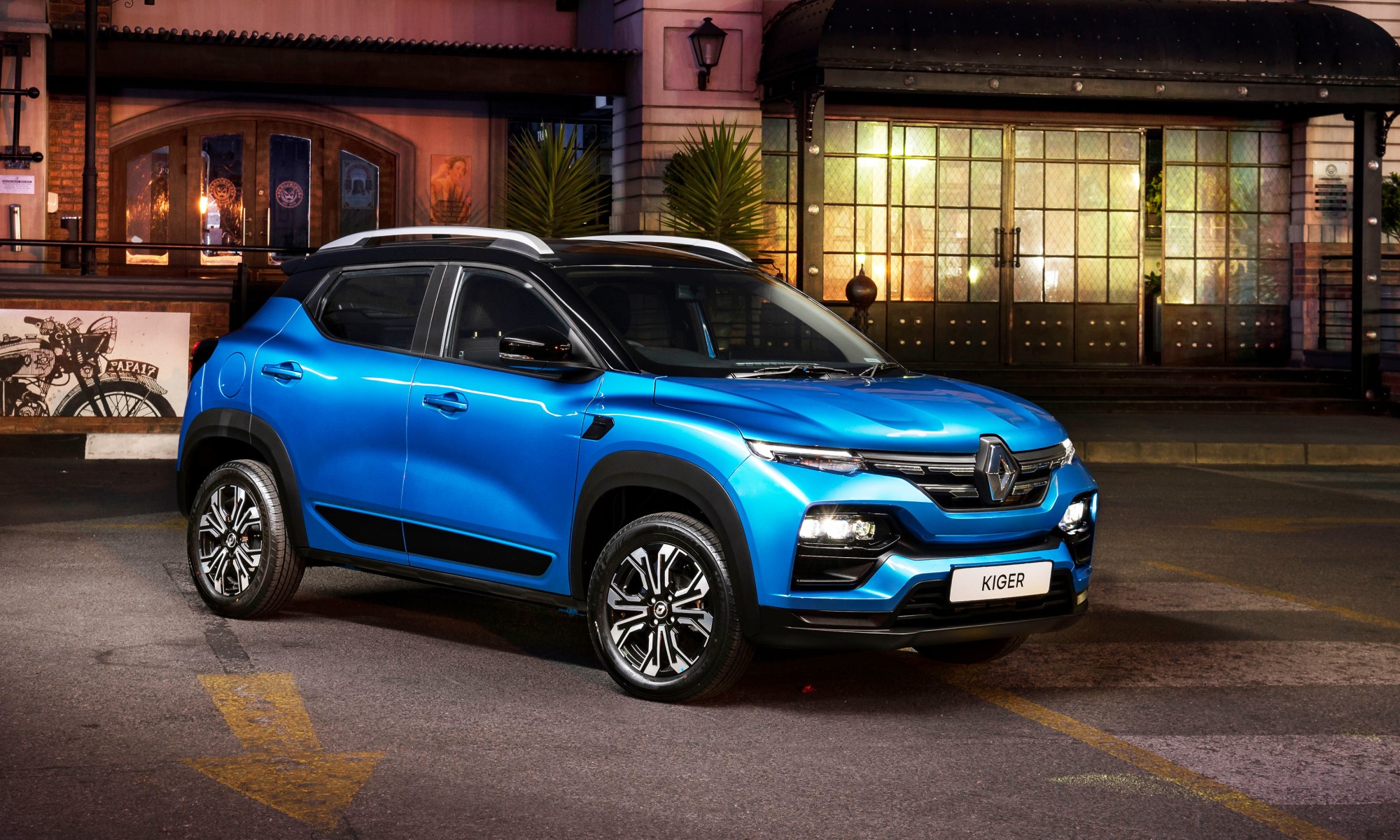
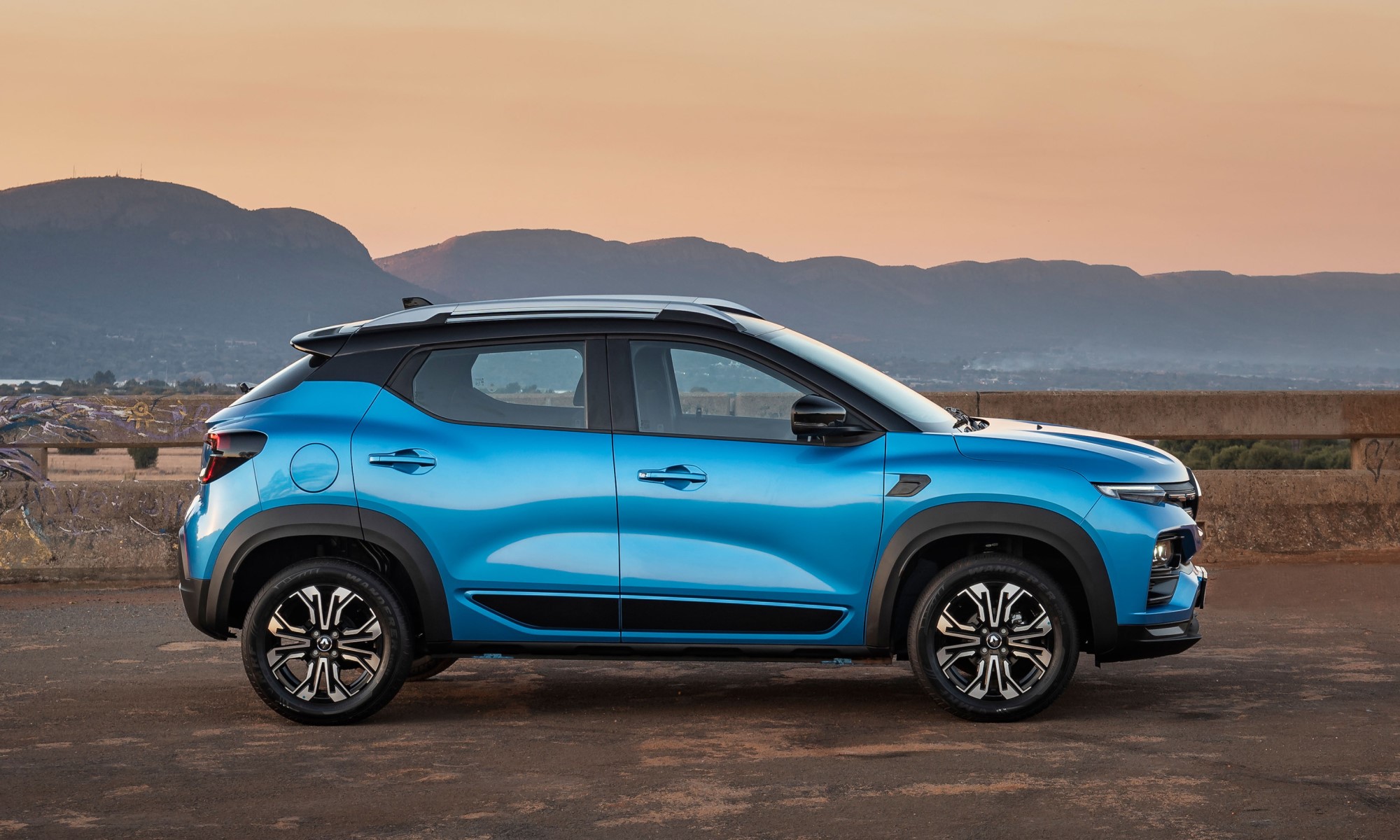
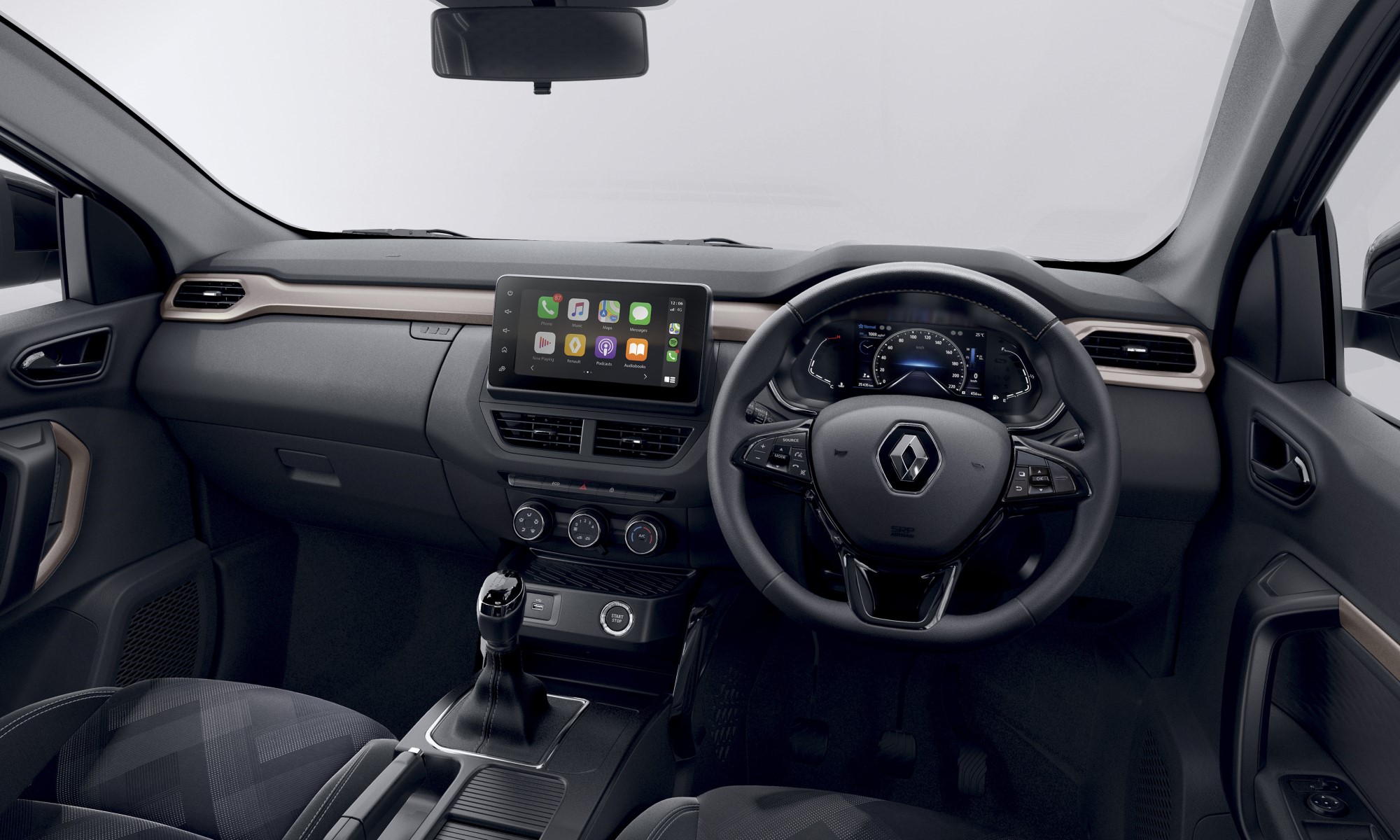
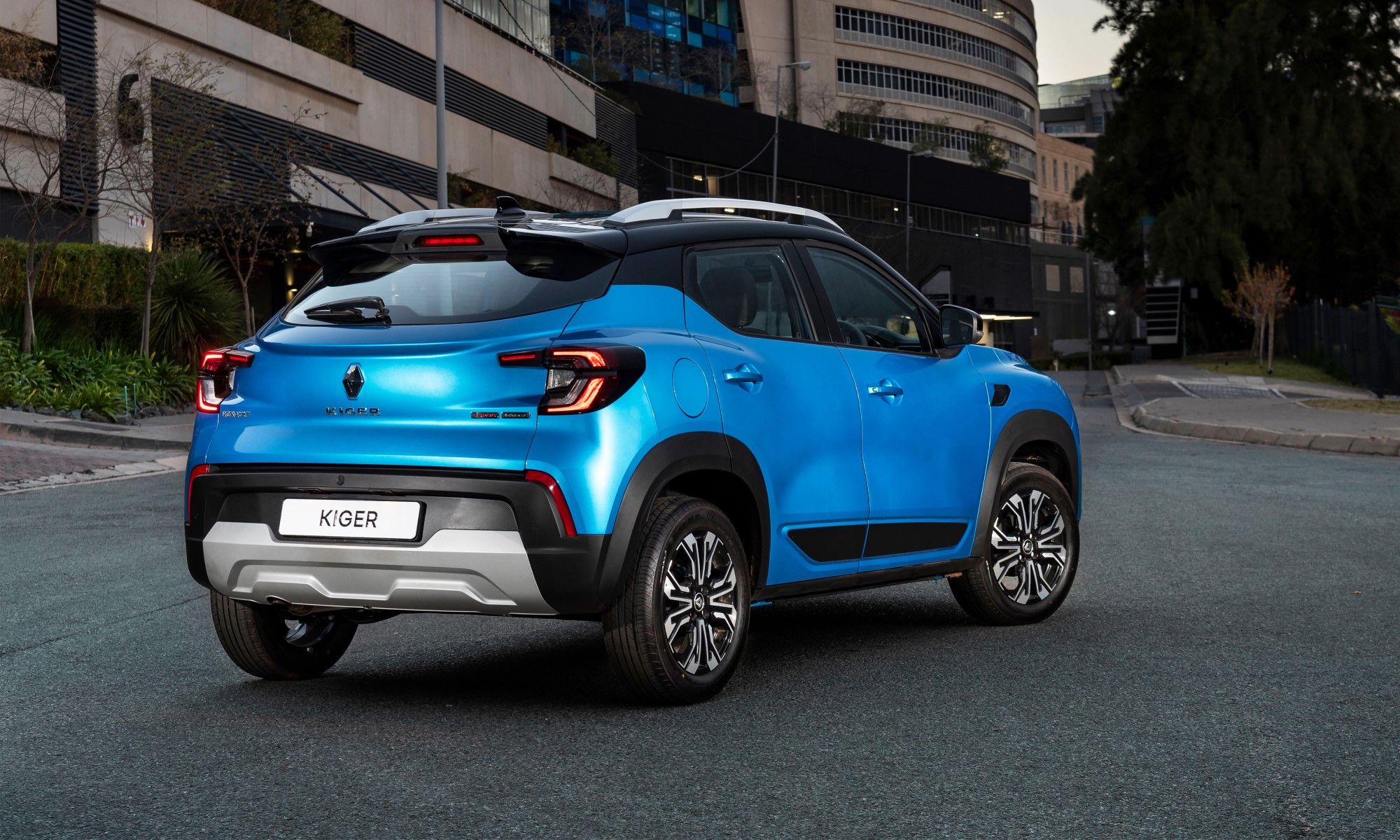
![Koenigsegg Sadair’s Spear is a Limited-Edition Track Weapon [w/video]](https://doubleapex.co.za/wp-content/uploads/2025/07/Koenigsegg-Sadairs-Spear-rear-500x383.webp)

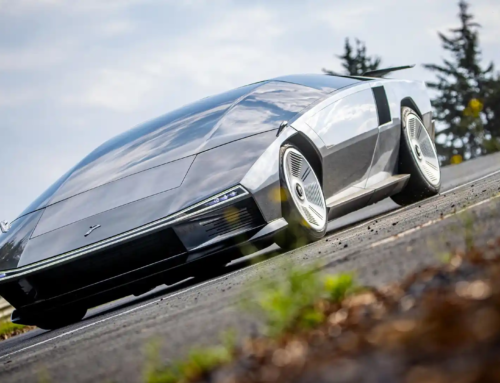
![Chevrolet Corvette ZR1X: An American Hypercar [w/video]](https://doubleapex.co.za/wp-content/uploads/2025/06/Corvette-ZR1X-with-aero-kit-500x383.webp)
How many base prices how many down pement